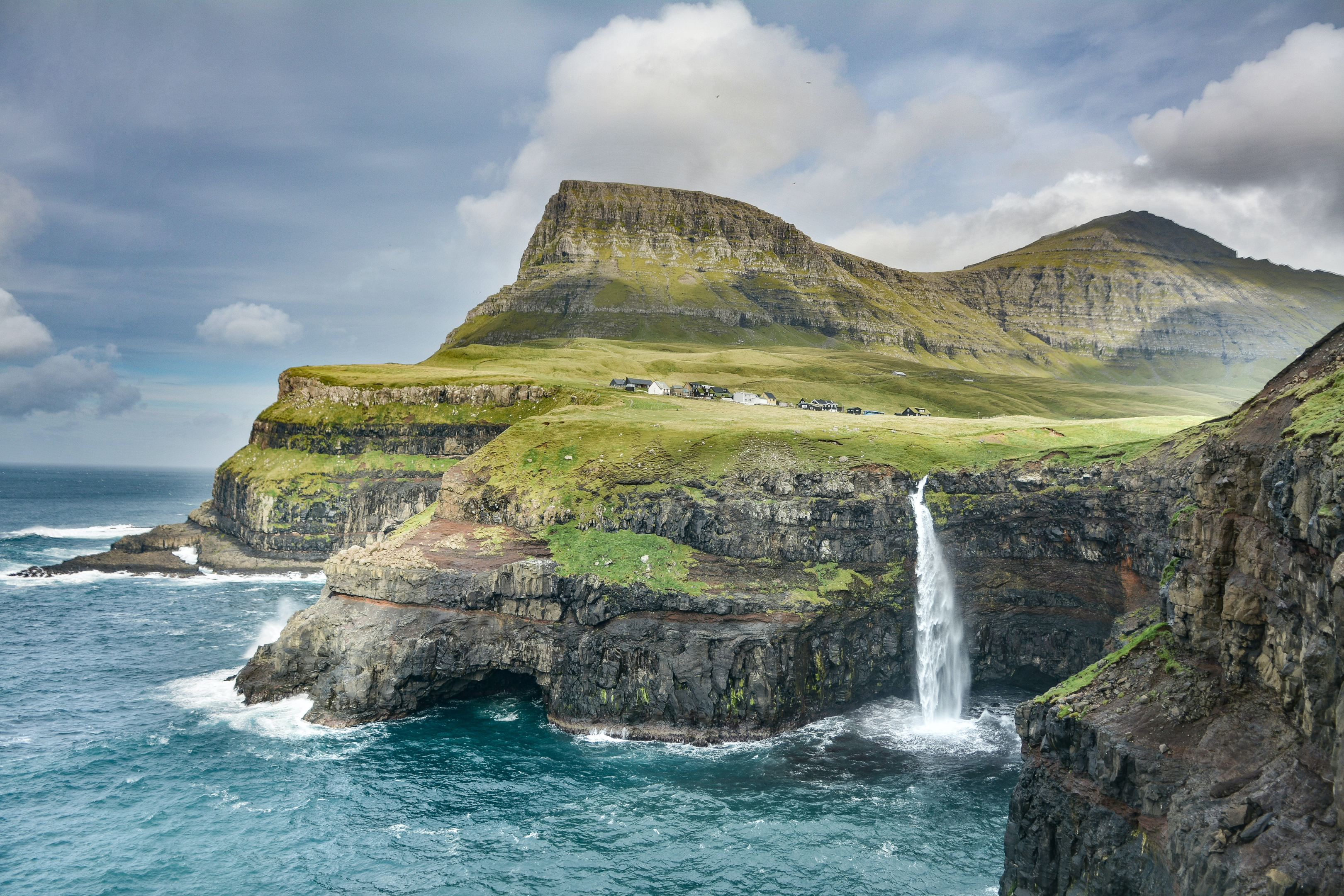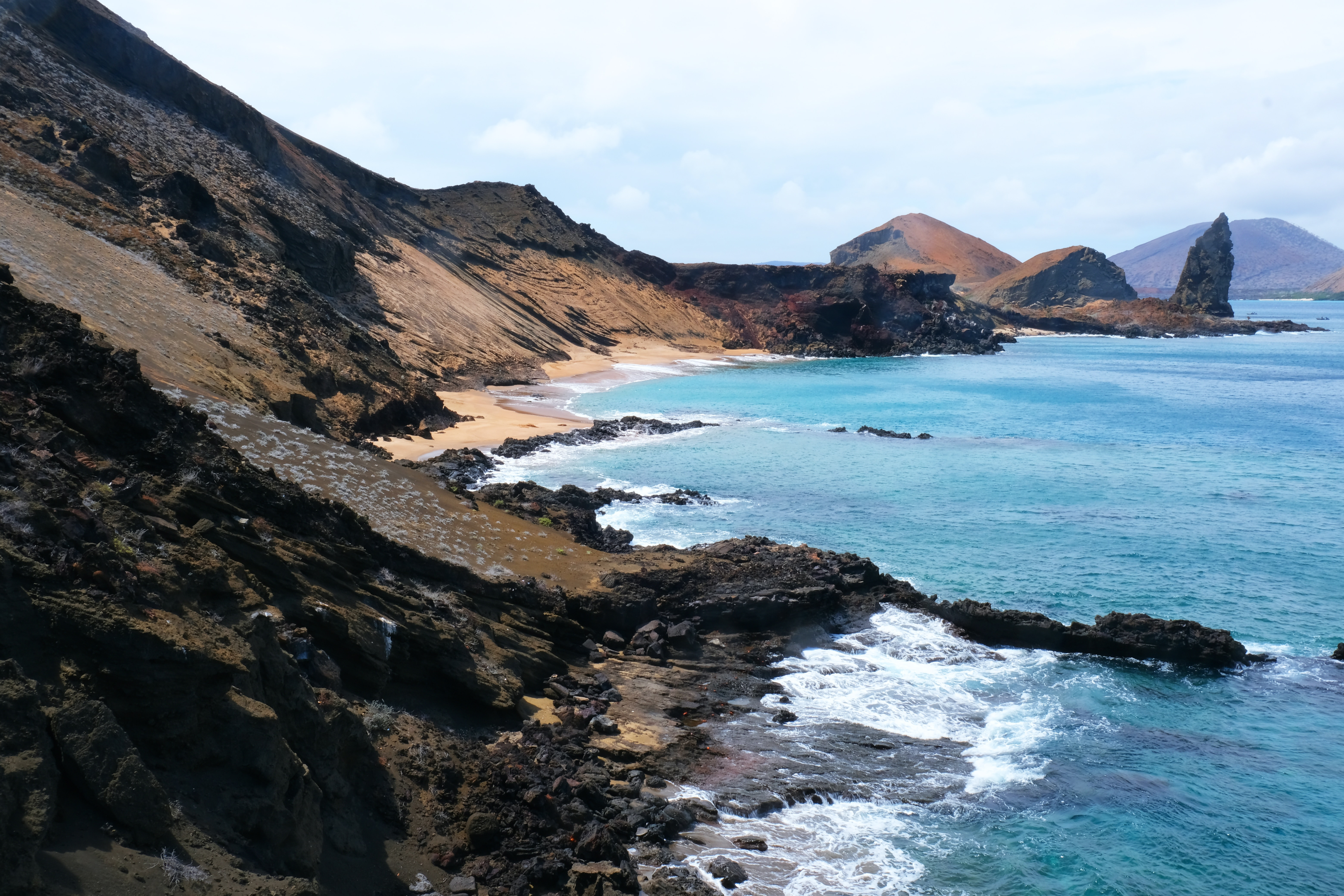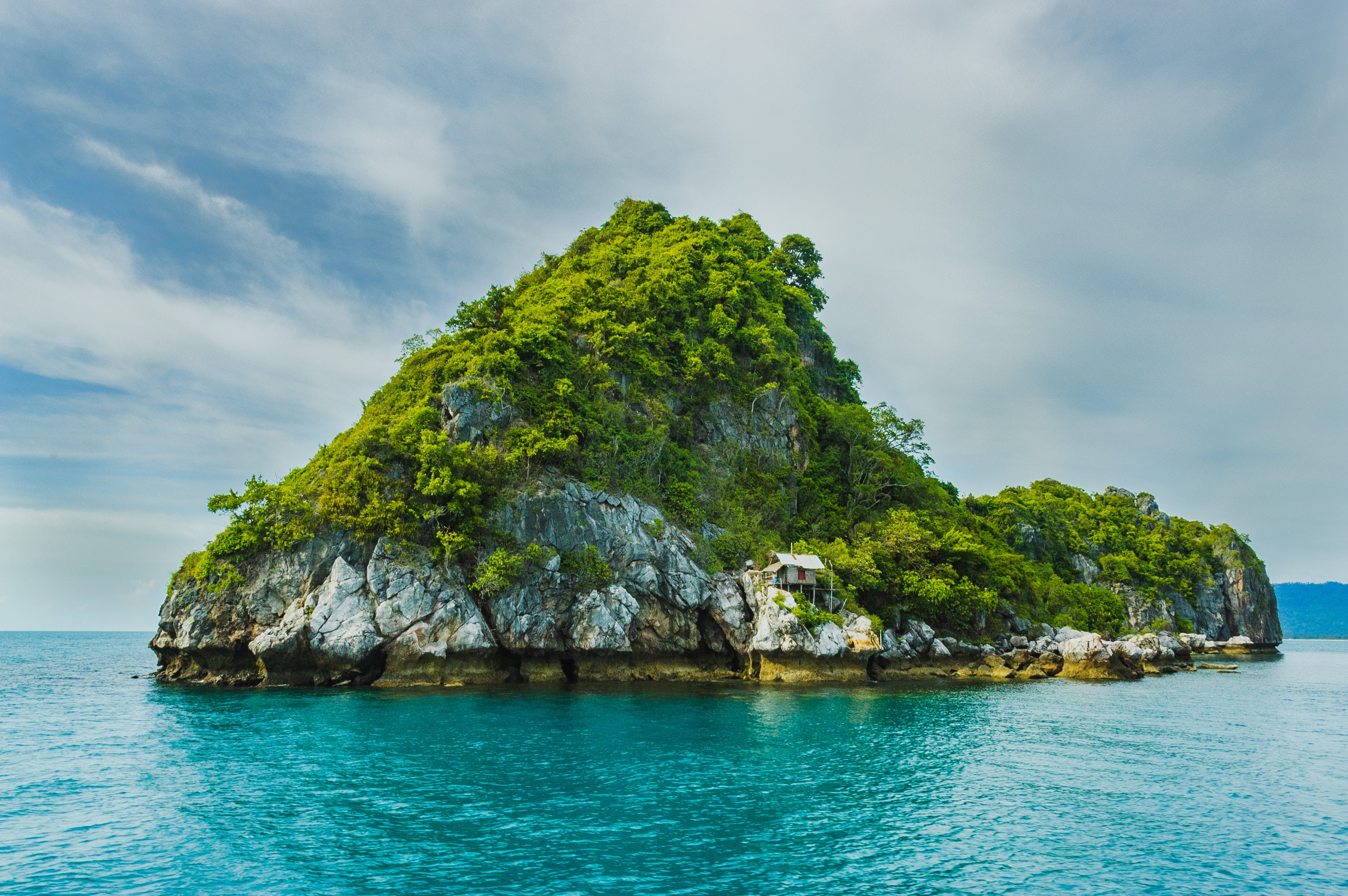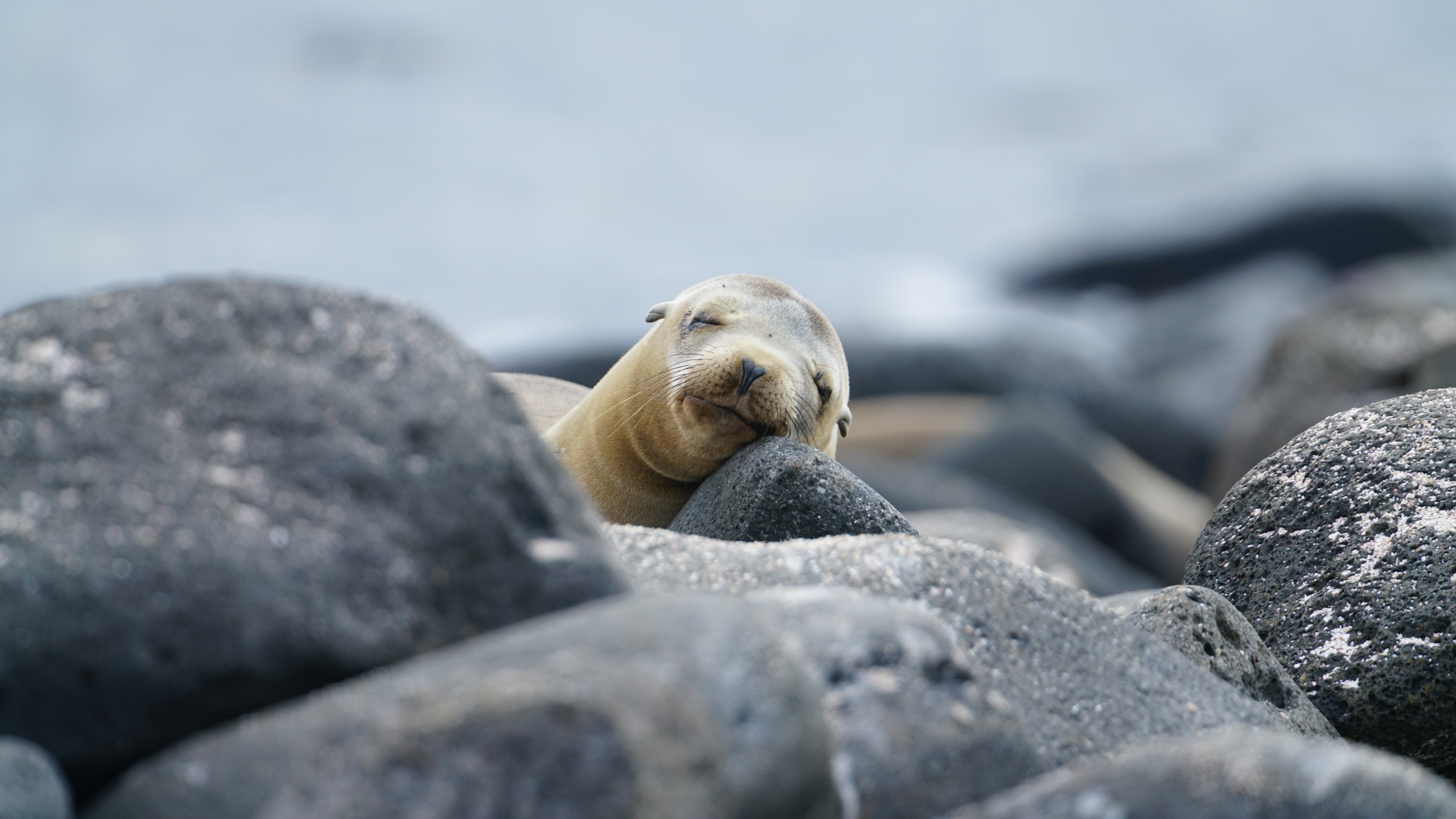Reviving Paradise: The Power of Ecological Restoration in Island Ecosystems
Healing paradise through ecological restoration.
Healing paradise through ecological restoration.

Our island ecosystems are unique, diverse, and fragile. Many islands are home to endemic species that cannot be found anywhere else on the planet. However, human activities and climate change have led to the degradation and destruction of these ecosystems. Ecological restoration is a powerful tool that can help restore and preserve these precious environments. The aim of this article is to explore the process of ecological restoration in island ecosystems, its importance, methods, and challenges, as well as notable success stories.
Ecological restoration refers to the process of assisting in the recovery of an ecosystem that has been damaged, degraded, or destroyed (often human-caused). It is a vital tool for conserving biodiversity and maintaining the balance of nature. In island ecosystems, ecological restoration is particularly important due to the unique challenges that these environments face. For example, islands are often more susceptible to invasive species and climate change impacts than mainland ecosystems.
In this article, we will delve deeper into the significance of island ecosystems, the methods and benefits of ecological restoration, and the challenges involved in restoring these environments. We will also examine the role of international organizations such as the United Nations in supporting ecological restoration initiatives. Finally, we will look at the future of ecological restoration and its potential impacts on island ecosystems.
Island ecosystems are of immense importance, both from an ecological and a cultural perspective. They are home to a wealth of rare species, many of which are not found anywhere else in the world. This is due to the isolated nature of islands, which allows for the evolution of distinct flora and fauna. As a result, islands are often biodiversity hotspots, contributing significantly to global biodiversity.
Island ecosystems also play a crucial role in the livelihoods and cultures of the communities that inhabit them. They provide essential resources such as food, water, and materials for construction and crafts. Moreover, the natural landscapes of islands often hold deep cultural and spiritual significance for the people who live there.
Unfortunately, island ecosystems are under threat from a range of human-induced factors. These include habitat destruction, pollution, over-exploitation of resources, and the introduction of invasive species. Climate change is also exacerbating these threats through sea-level rise, ocean acidification, and extreme weather events. As a result, ecological restoration has become increasingly important for the preservation of island ecosystems.
Ecological restoration is a process that aims to restore damaged, degraded, or destroyed ecosystems to a healthy and functioning state. It involves a range of techniques and approaches, which can be broadly categorized into two types: passive and active restoration.
Passive restoration allows the ecosystem to recover naturally, with minimal human intervention. This approach is often used in cases where the disturbance to the ecosystem is relatively minor, and the natural processes of recovery are still functioning. Examples of passive restoration include the natural regeneration of vegetation, the recolonization of native species, and the natural recovery of ecosystem functions.
Active restoration, on the other hand, involves direct human intervention to assist in the recovery of the ecosystem. This can include a range of techniques, such as reforestation, removal of invasive species, and habitat reconstruction. Some specific methods of habitat restoration include the following:
Reforestation: Planting native trees and vegetation to restore forest ecosystems that have been degraded or destroyed by activities like logging and agriculture.
Removal of invasive species: Eradicating non-native plants and animals that threaten the native ecosystem by outcompeting native species and disrupting ecological processes.
Habitat reconstruction: Rebuilding the physical structure of habitats, such as coral reefs, mangrove forests, and wetlands, to facilitate the recovery of ecosystem functions and native species.

Habitat restoration is a key component of ecological restoration. It focuses on the physical restoration of habitats to support the recovery of native species and ecosystem functions. Habitat restoration can involve a range of techniques, including the ones mentioned previously, such as reforestation, invasive species removal, and habitat reconstruction.
Habitat restoration is particularly important in island ecosystems, where habitats are often small and fragmented. Restoring these habitats can help to increase the resilience of island ecosystems to threats such as climate change and invasive species, as well as promote the recovery of native species and the overall health of the ecosystem.
Furthermore, habitat restoration can have a range of additional benefits for island ecosystems and the communities that depend on them. For example, the restoration of mangrove forests can help to protect coastlines from erosion and storm surges, while also providing important nursery habitats for fish and other marine species. Similarly, the restoration of coral reefs can support local tourism and fisheries, while also enhancing the overall health of the marine ecosystem.

Several notable island ecosystem restoration projects have demonstrated the potential benefits and challenges of ecological restoration in these unique environments. Some examples include:
The Galápagos Islands, Ecuador: The Galápagos Islands are renowned for their unique and diverse flora and fauna. However, they have also been impacted by human activities, such as the introduction of invasive species. One successful restoration project involved the eradication of invasive goats from several islands, which allowed the recovery of native vegetation and the endangered Galápagos giant tortoise population.
Palmyra Atoll, Pacific Ocean: Palmyra Atoll is a remote island ecosystem that was heavily impacted by military activities during World War II. Since then, a combination of habitat restoration, invasive species removal, and the establishment of a nature reserve has helped to restore the atoll's native ecosystems and support the recovery of its unique biodiversity.
Socotra Archipelago, Yemen: The Socotra Archipelago is home to an extraordinary array of endemic species, many of which are threatened by habitat loss and climate change. A comprehensive ecological restoration program has been implemented to conserve and restore the islands' unique ecosystems, including the planting of thousands of native trees and the establishment of community-based conservation initiatives.
Phi Phi Leh (Maya Bay), Thailand: The location where the movie The Beach, starring Leonardo DiCaprio was shot, Maya Bay became a tourist destination. After experiencing dramatic degradation of the ecosystem, authorities in Thailand closed the bay. Later resulting in a substantial recovery of an ecosystem on the precipice of destruction.

The United Nations Environment Programme (UNEP) plays a vital role in supporting ecological restoration initiatives worldwide, including in island ecosystems. UNEP promotes the conservation of biodiversity and the sustainable use of natural resources through a range of programs, projects, and partnerships.
One significant UNEP initiative is the Decade on Ecosystem Restoration, which aims to mobilize global action to restore degraded ecosystems by 2030. This initiative recognizes the importance of island ecosystems and seeks to support restoration efforts in these environments through the sharing of knowledge, technical assistance, and financial resources.
In addition, UNEP supports a range of other ecological restoration projects and initiatives, such as the Global Island Partnership (GLISPA), which promotes the conservation and sustainable development of island ecosystems through partnerships and capacity-building. UNEP also works with local communities, governments, and NGOs to implement restoration projects that are tailored to the specific needs and challenges of each ecosystem.
However, despite these efforts, there are still significant challenges to ecological restoration in island ecosystems.

The benefits of ecological restoration in island ecosystems are numerous and far-reaching. Some of the most significant benefits include:
Biodiversity conservation: Ecological restoration can help to conserve the unique and diverse flora and fauna of island ecosystems, including many endemic species.
Ecosystem services: Restored ecosystems can provide a range of essential services, such as water filtration, carbon sequestration, and soil conservation.
Climate change adaptation: Restored ecosystems can be more resilient to the impacts of climate change, such as sea-level rise and extreme weather events.
Cultural and social benefits: Restored ecosystems can support the livelihoods and cultures of local communities, as well as provide opportunities for tourism and recreation.
Despite the potential benefits of ecological restoration, there are several challenges that can make it difficult to implement in island ecosystems. Some of these challenges include:
Limited resources: Island ecosystems are often small and remote, with limited financial and technical resources available for restoration projects.
Invasive species: Islands are particularly vulnerable to invasive species, which can outcompete native species and disrupt ecological processes. Eradicating invasive species can be challenging and costly.
Climate change: The impacts of climate change, such as sea-level rise and ocean acidification, can make it difficult to restore and conserve island ecosystems.
Political and social factors: Ecological restoration can be complicated by political and social factors, such as conflicts over land use and the rights of local communities.
Despite these challenges, the future of ecological restoration in island ecosystems looks promising. There is growing recognition of the importance of these unique environments and the need to protect them for future generations. International organizations, such as UNEP, are providing critical support and resources for restoration initiatives, while local communities and NGOs are driving innovative and effective restoration projects.
The potential impact of ecological restoration on island ecosystems is significant. By restoring degraded and damaged ecosystems, we can help to conserve biodiversity, promote sustainable development, and support the resilience of these environments to the impacts of climate change. Ultimately, ecological restoration can help to revive paradise and ensure that these unique and precious ecosystems are preserved for generations to come.
Ecological restoration is a powerful tool for reviving paradise in island ecosystems. These unique environments are under threat from a range of human-induced factors, including habitat destruction, pollution, and invasive species. However, through a combination of passive and active restoration techniques, we can help to restore degraded and damaged ecosystems and preserve the unique biodiversity and cultural heritage of these environments.
The challenges of ecological restoration in island ecosystems are significant, but they are not insurmountable. With international support, innovative approaches, and local community engagement, we can help to ensure a sustainable and prosperous future for these precious environments. By investing in ecological restoration, we can help to revive paradise and ensure that these unique ecosystems continue to thrive for generations to come.
Join the global movement to restore degraded and damaged ecosystems. Support local restoration projects, advocate for stronger environmental policies, buy from brands that support sustainable manufacturing, and educate yourself and others about the importance of ecological restoration. Together, we can help to revive paradise and preserve the diversity and beauty of our planet's island ecosystems.
Sources
Photo by Jeppe Hove Jensen on Unsplash
Photo by Nathalie Marquis on Unsplash
Photo by Eric Welch on Unsplash
Photo by Tom Winckels on Unsplash
Your cart is currently empty.
Start Shopping